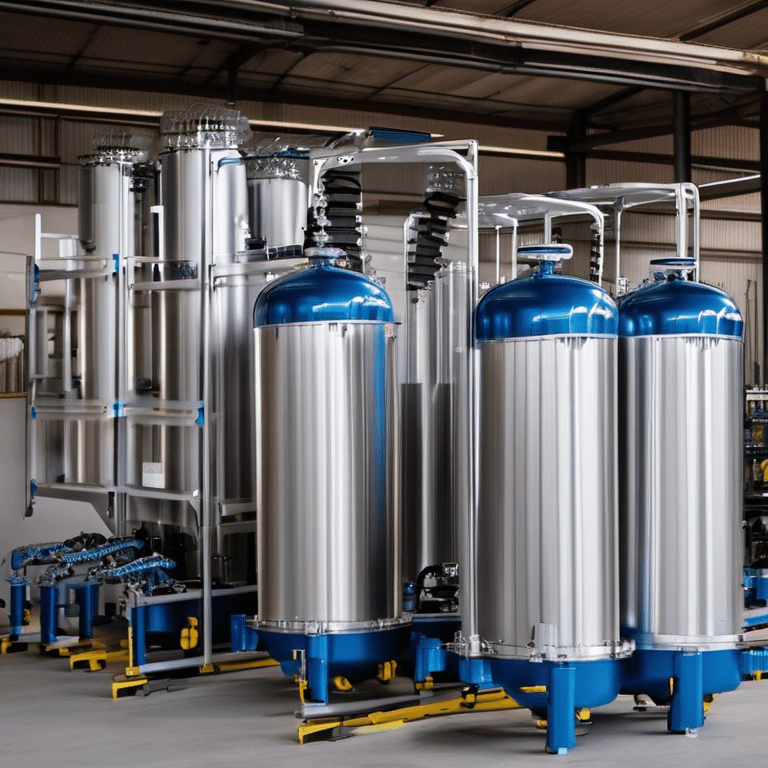Need:
The need for robotics in the industrial gases sector is becoming increasingly apparent. Industrial gases are critical components in a wide range of industries, including manufacturing, healthcare, food and beverage, and energy. However, the production, storage, and distribution of these gases present numerous challenges. These include safety risks due to the volatile nature of some gases, logistical difficulties in transporting and storing gases, and efficiency issues in production processes.
Moreover, the demand for industrial gases is growing rapidly due to increasing industrialization and technological advancements. This necessitates more efficient and effective methods of production and distribution. Herein lies the need for robotics. Robotics can help address these challenges by automating processes, improving safety, increasing efficiency, and reducing costs.
Solution:
The solution to cracking the robotics code in the industrial gases sector lies in leveraging advanced technologies such as artificial intelligence (AI), machine learning (ML), and Internet of Things (IoT). These technologies can be integrated into robotic systems to enhance their capabilities.
For instance, AI can be used to enable robots to make intelligent decisions based on real-time data. This can significantly improve efficiency in production processes. ML can be used to train robots to learn from their experiences and improve their performance over time. This can lead to continuous improvement in operations.
IoT can be used to connect robots with other devices and systems in the industrial gases supply chain. This can enable real-time monitoring and control of operations, leading to improved safety and efficiency.
Action:
To implement this solution, companies in the industrial gases sector need to take several actions. First, they need to invest in advanced robotic systems that are capable of integrating with AI, ML, and IoT technologies. This may involve partnering with technology providers or developing capabilities in-house.
Secondly, they need to train their workforce to work with these robotic systems. This includes not only technical training on how to operate and maintain the robots, but also change management to help employees adapt to the new ways of working.
Thirdly, they need to establish robust data management and cybersecurity measures. This is crucial to protect the integrity and confidentiality of the data generated by the robotic systems.
Profit:
The benefits of cracking the robotics code in the industrial gases sector can be substantial. By automating processes, companies can significantly reduce their operational costs. This includes savings in labor costs, as well as reductions in waste and downtime.
Moreover, by improving safety, companies can avoid costly accidents and regulatory penalties. They can also enhance their reputation, which can lead to increased business opportunities.
Furthermore, by increasing efficiency, companies can meet growing demand more effectively. This can lead to increased sales and market share.
Conclusion:
In conclusion, cracking the robotics code in the industrial gases sector is not only feasible but also highly beneficial. By leveraging advanced technologies such as AI, ML, and IoT, companies can transform their operations and achieve significant gains in safety, efficiency, and cost-effectiveness. However, this requires strategic investment in technology and workforce development, as well as robust data management and cybersecurity measures. With these steps, companies can unlock the full potential of robotics in the industrial gases sector.
